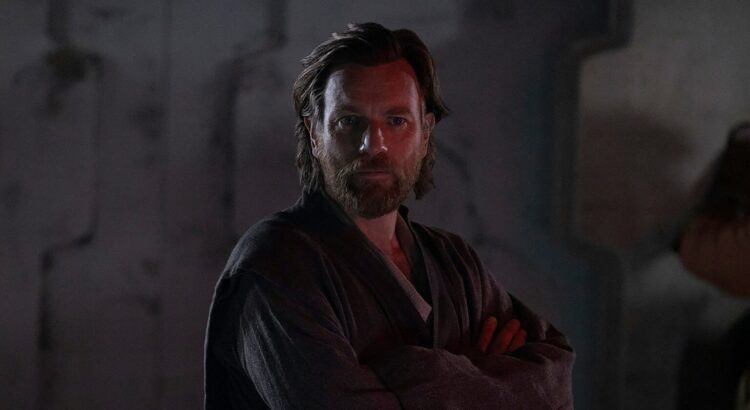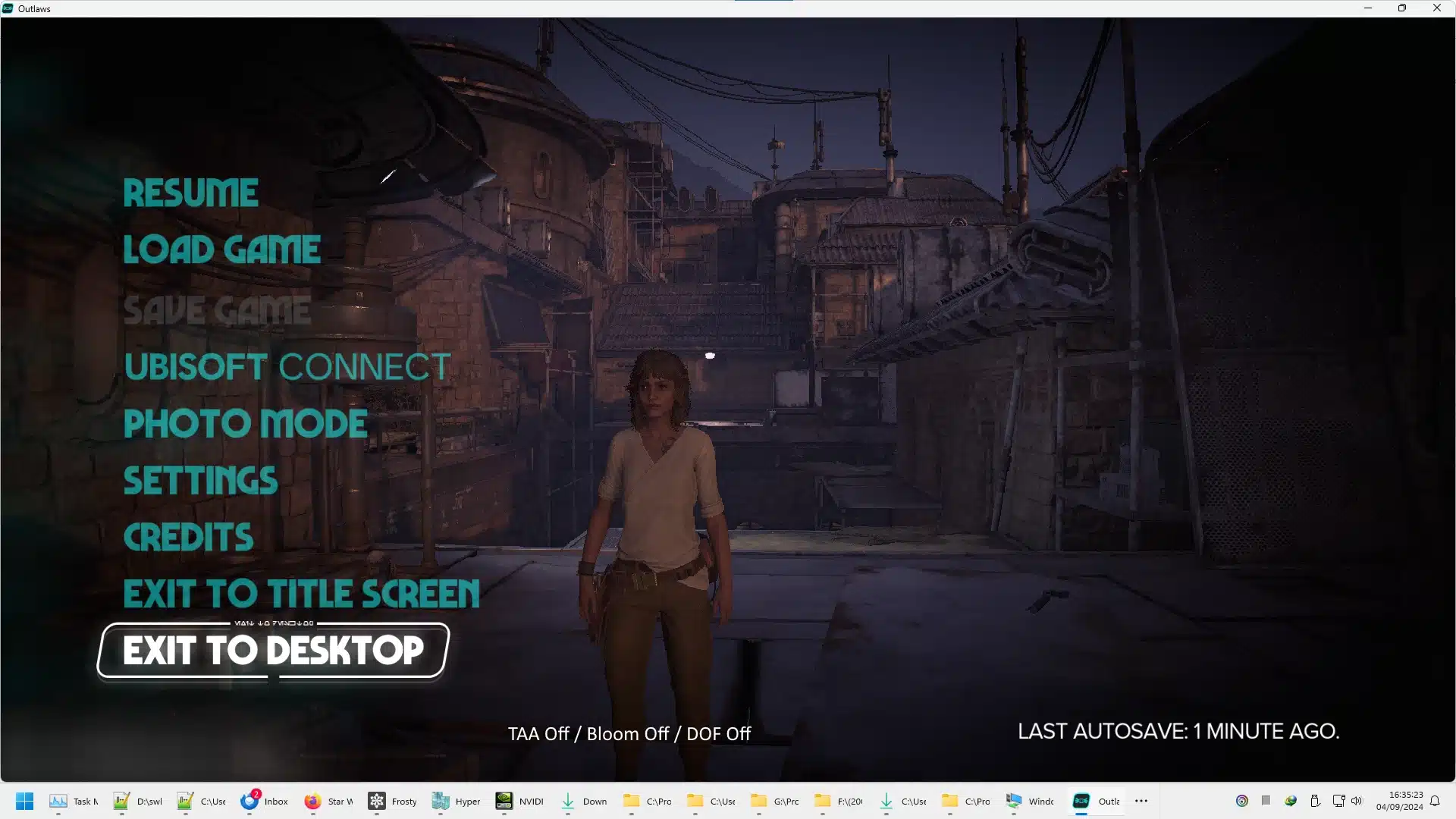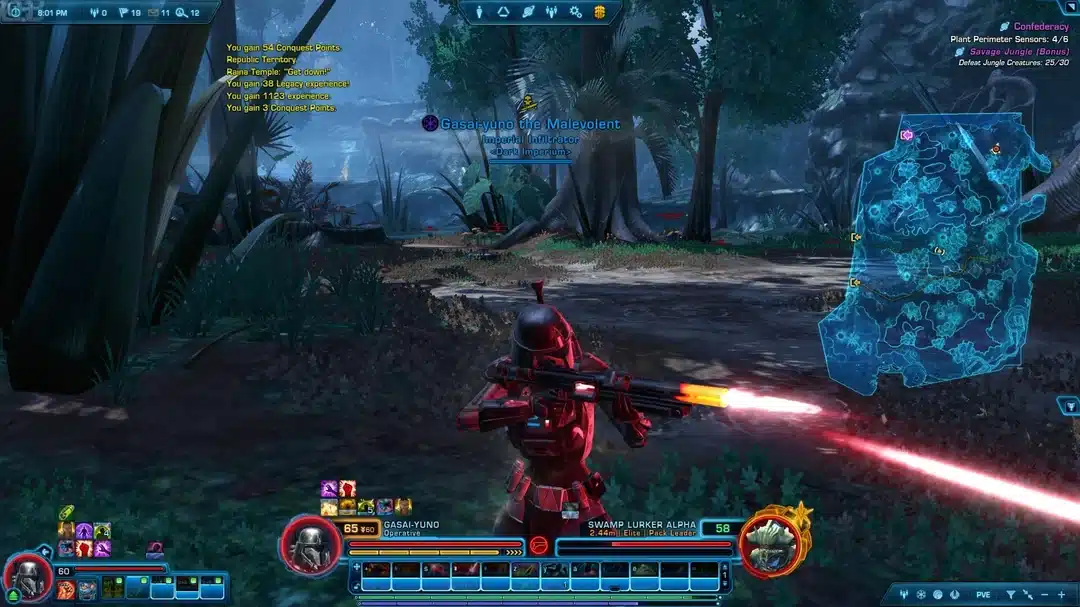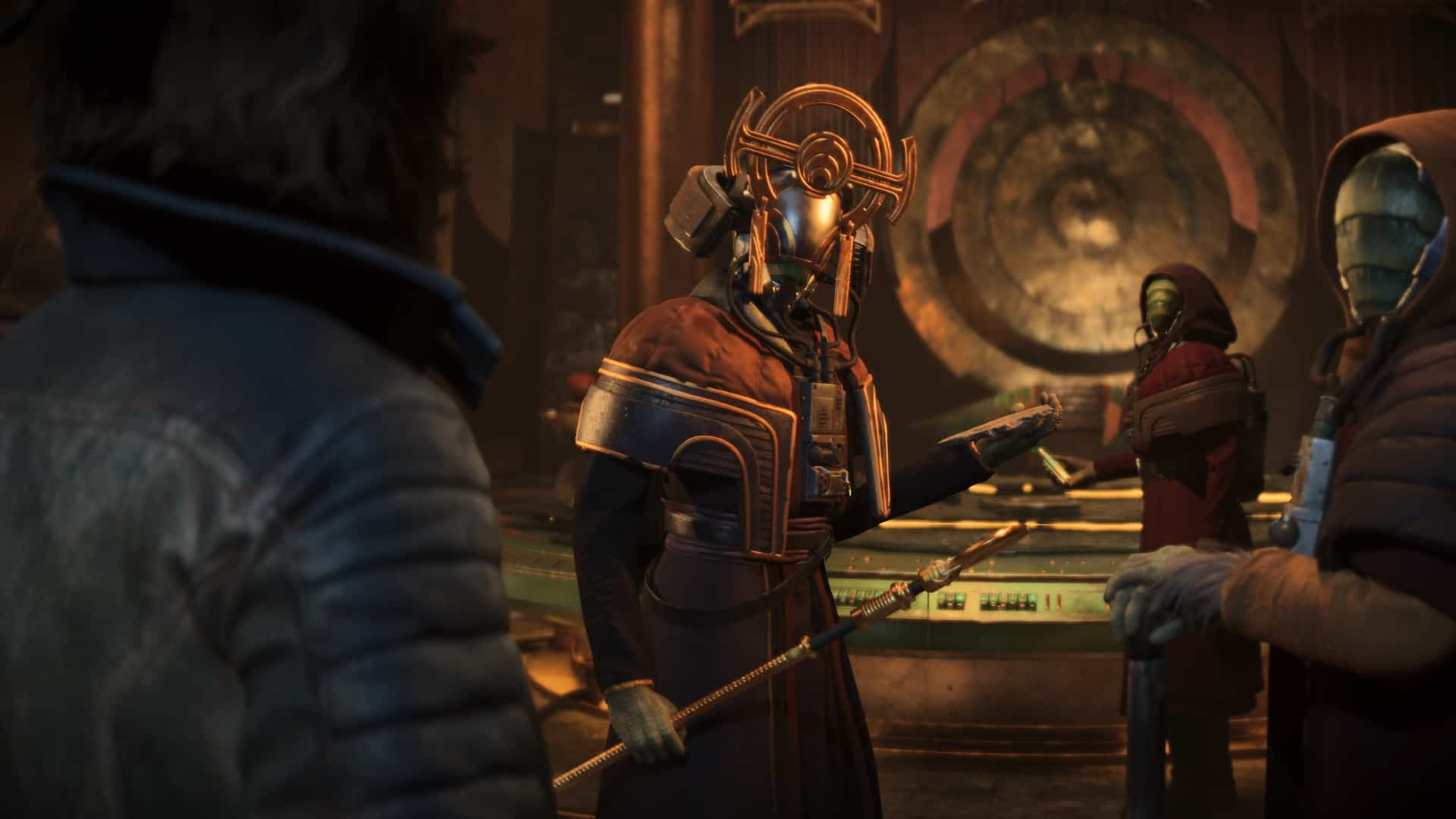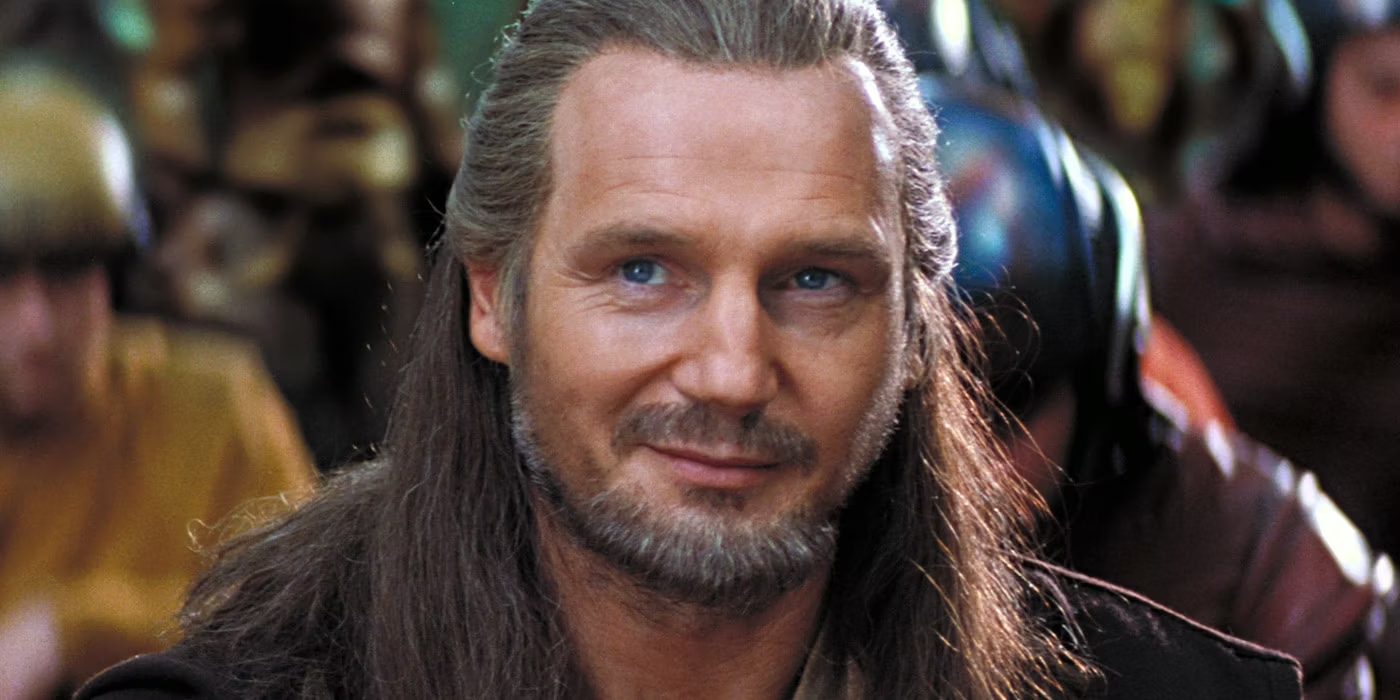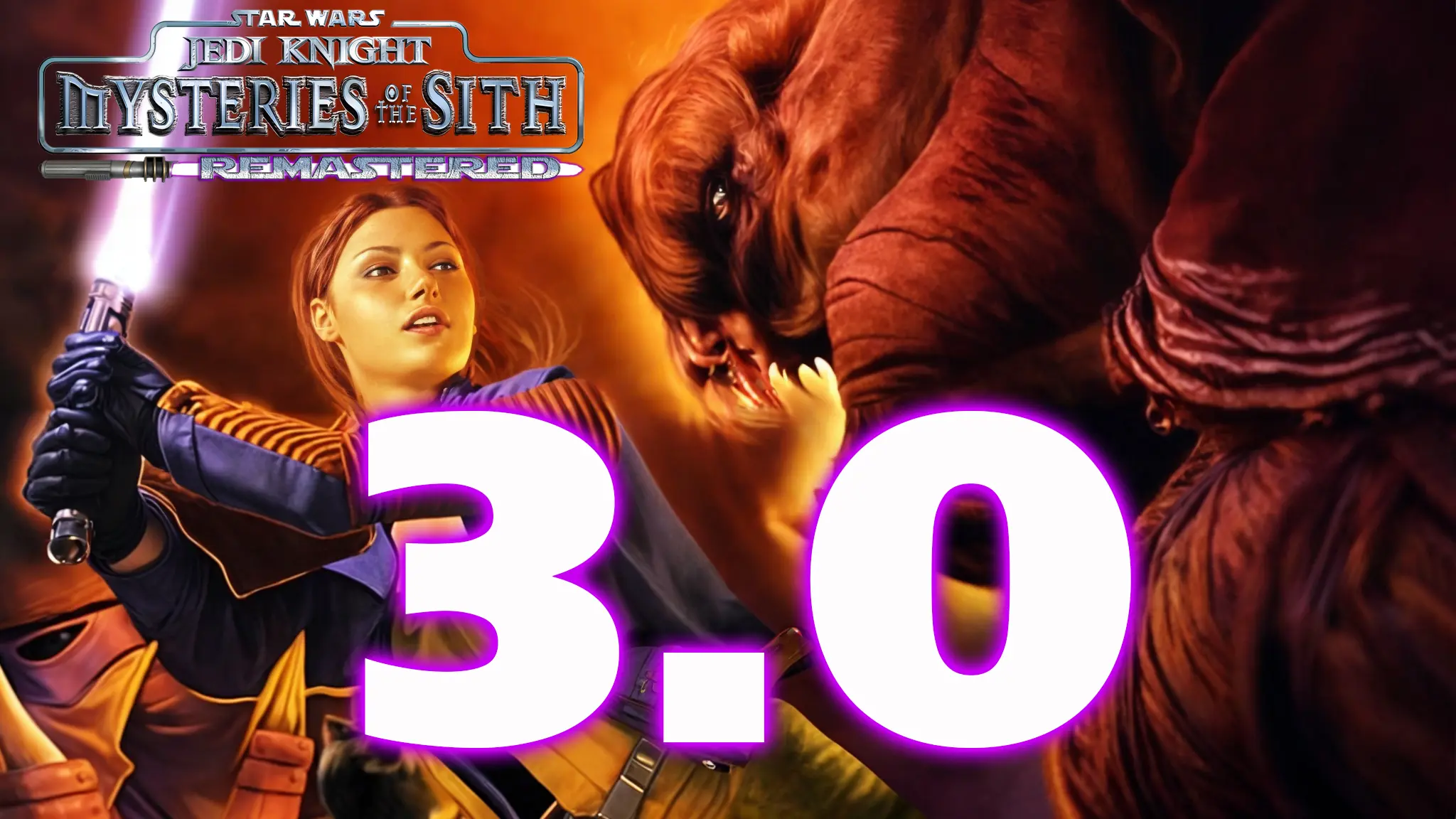Obi-Wan Kenobi is one of the most iconic characters in the Star Wars universe. From his time as a Jedi Knight during the fall of the Galactic Republic to his role as a mentor in A New Hope, Obi-Wan’s journey is filled with heroism, wisdom, and sacrifice. However, one question still lingers for many fans: How did Obi-Wan Kenobi die? In this article, we’ll explore the events leading to his death, its significance, and the legacy of this legendary Jedi Master.
Obi-Wan Kenobi: A Life of Service
Before diving into the details of how Obi-Wan Kenobi died, it’s important to reflect on who he was. From his introduction in The Phantom Menace as a young Jedi apprentice to Qui-Gon Jinn, to his role as a General during the Clone Wars, Obi-Wan was defined by his unwavering dedication to the Jedi Code and his commitment to peace.
After training Anakin Skywalker—who would later become Darth Vader—Obi-Wan suffered a devastating personal loss when his former apprentice turned to the dark side. This betrayal shook Obi-Wan to his core, forcing him into exile on the desert planet of Tatooine, where he watched over Anakin’s son, Luke Skywalker, from afar. Obi-Wan’s life was one of sacrifice, constantly putting the needs of the galaxy ahead of his own.
The Showdown with Darth Vader: A Fight for the Future
Obi-Wan’s death occurred in Star Wars: Episode IV – A New Hope, during the rescue mission to free Princess Leia from the Death Star. After successfully sneaking aboard the massive space station with Luke, Han Solo, and Chewbacca, Obi-Wan confronts his former apprentice, now fully transformed into Darth Vader.
The duel between Obi-Wan and Vader is a key moment in A New Hope. It’s a meeting of two former allies, now standing on opposite sides of the Force. While the lightsaber combat is slower compared to the acrobatic battles seen in the prequel trilogy, it is emotionally charged, symbolizing the years of history, loss, and betrayal between the two.
How Did Obi-Wan Kenobi Die? The Selfless Sacrifice
So, how did Obi-Wan Kenobi die? The answer lies in his final confrontation with Darth Vader aboard the Death Star. As their lightsabers clash, Obi-Wan realizes that his role as a physical fighter is coming to an end. Instead of continuing the duel, Obi-Wan makes the ultimate sacrifice.
In a moment of clarity, Obi-Wan lifts his lightsaber and allows Darth Vader to strike him down. However, Obi-Wan doesn’t die in the traditional sense. As Vader’s blade slices through him, Obi-Wan vanishes, leaving behind only his robes and lightsaber. He becomes one with the Force, a transition similar to the deaths of other powerful Jedi like Yoda.
By sacrificing himself, Obi-Wan distracts Vader long enough to allow Luke, Leia, Han, and the others to escape. This selfless act not only saves the future leaders of the Rebellion but also sets Luke on the path to becoming a Jedi, ultimately fulfilling Obi-Wan’s mission of ensuring the downfall of the Empire.
The Symbolism of Obi-Wan’s Death
Obi-Wan’s death is more than just a passing of a beloved character—it carries deep symbolic meaning within the Star Wars saga. His decision to sacrifice himself echoes the principles of the Jedi, who prioritize the greater good over personal survival. Obi-Wan’s willingness to let go of his physical existence illustrates his understanding of the Force as something beyond life and death, a belief that is central to the Jedi philosophy.
In letting Vader strike him down, Obi-Wan not only demonstrates his faith in the Force but also foreshadows Vader’s eventual redemption through his son, Luke Skywalker. Obi-Wan’s death is the beginning of a journey for Luke, who now has to step up and continue the fight against the Empire without his mentor by his side—though, as fans would soon learn, Obi-Wan would not be completely gone.
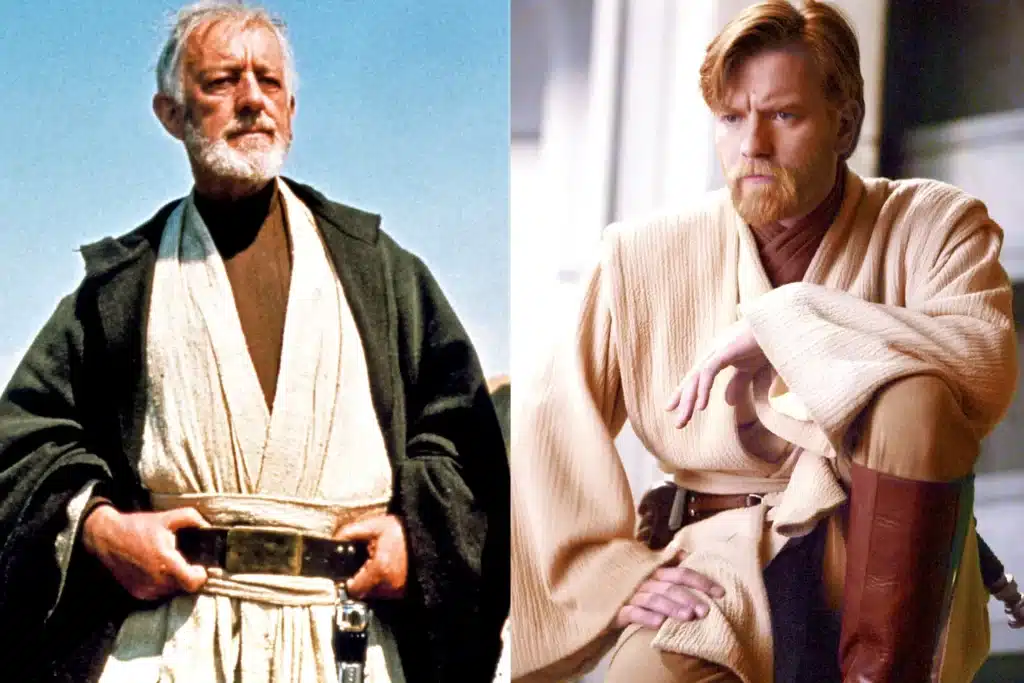
Obi-Wan’s Legacy: A Guide Beyond Death
Even though Obi-Wan Kenobi died in A New Hope, his presence continues to loom large throughout the original trilogy. Shortly after his death, Obi-Wan begins to communicate with Luke through the Force. He appears as a Force ghost, guiding Luke during key moments in his journey, such as when he instructs Luke to visit Yoda for further training in The Empire Strikes Back.
Obi-Wan’s ability to transcend death is significant. It shows that Jedi, when deeply attuned to the Force, can continue to exist and influence the living world even after their physical forms have passed. Obi-Wan’s role as a mentor didn’t end with his death, and his guidance helps shape Luke into the Jedi who ultimately redeems Darth Vader and defeats the Emperor.
Fans’ Reactions: Mourning a Hero
When A New Hope was released in 1977, Obi-Wan Kenobi’s death came as a shock to many viewers. As one of the main characters in the film, Obi-Wan had been central to the story, and his sudden departure raised the stakes for Luke and his companions. Fans mourned the loss of the wise Jedi Master, but they also came to understand that Obi-Wan’s sacrifice was a key turning point in the saga.
In subsequent films, Obi-Wan’s continued presence as a Force ghost brought comfort to fans, knowing that while he was gone in the physical sense, his influence on the galaxy was far from over.
Conclusion: How Did Obi-Wan Kenobi Die?
So, how did Obi-Wan Kenobi die? He sacrificed himself during a lightsaber duel with Darth Vader aboard the Death Star, allowing his former apprentice to strike him down. However, Obi-Wan didn’t truly die—he became one with the Force, ensuring that he could continue to guide Luke Skywalker and help bring balance to the galaxy.
Obi-Wan’s death represents the ultimate act of selflessness, a true Jedi’s willingness to put the needs of others above his own. His legacy as a wise mentor and protector continues to influence the Star Wars saga long after his physical death, making him one of the most beloved characters in the franchise.


